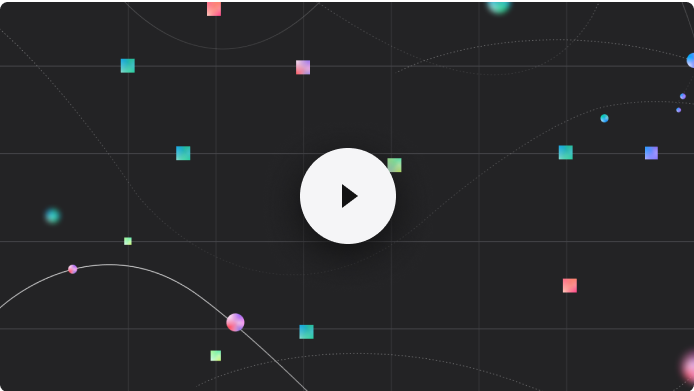The Business
of Impact
XRPL Today, XRPL Tomorrow
How the XRP Ledger works
XRP Ledger Basics
The XRP Ledger is a decentralized public blockchain built for business.
The peer-to-peer network that manages the ledger is open to everyone. The XRP Ledger is maintained by software engineers, server operators, users, and businesses–a global community working to solve problems and create real-world value.
How the Consensus Protocol works
Consensus
To uphold performance, XRPL uses a consensus protocol. Designated servers called validators, which anyone can operate, come to an agreement on the order and outcome of XRP transactions every three to five seconds.
All servers in the network process each transaction according to the same rules, and any transaction that follows the protocol is confirmed right away. All transactions are public, and strong cryptography guarantees the integrity of the system.
Currently, over 120 validators are active on the ledger, operated by universities, exchanges, businesses, and individuals. As the validator pool grows, the consensus protocol ensures decentralization of the blockchain over time.
A Sustainable Blockchain
Unlike most other blockchains, the XRP Ledger requires no mining and uses negligible energy, key to long-term growth and stability.
Learn MoreBuilding with confidence on
proven technology
XRPL Today
With 10+ years of error-free functioning and enterprise companies as champions, XRPL has established reliability.
With the XRPL, these developers are building innovative blockchain projects and applications across use cases including tokenization of assets, online gaming, asset custody, NFTs, and DeFi.
Explore MoreCreating new value for long-term growth
XRPL Tomorrow
As a community-led blockchain built for business, XRPL attracts companies and developers driven to solve real problems and generate real value–now and into the future.
Significant investment in development, along with low transaction costs and energy usage, is fueling growth and opening up a wide variety of use cases at scale.
Watch the explainer video series to learn more about the XRP Ledger
Tune In
Tomorrow’s Blockchain Starts With You
XRP Ledger’s innovation relies on the shared community experience of builders like you. If you’re ready to start your next big blockchain project, explore the XRPL now and consider applying for funding on your next blockchain project.
Explore XRPL Developer FundingIs XRPL a private blockchain, owned by Ripple?
No, the XRP Ledger is a decentralized, public blockchain. Any changes that would impact transaction processing or consensus need to be approved by at least 80%% of the network. Ripple is a contributor to the network, but its rights are the same as those of other contributors. In terms of validation, there are 150+ validators on the network with 35+ on the Unique Node List (see “What are Unique Node Lists (UNLs)?” in the Full FAQ) — Ripple runs 1 of these nodes.
Isn’t Proof of Work the best validation mechanism?
Proof of Work (PoW) was the first mechanism to solve the double spend problem without requiring a trusted 3rd party. However the XRP Ledger’s consensus mechanism solves the same problem in a far faster, cheaper and more energy efficient way.
How can a blockchain be sustainable?
It’s been widely reported that Bitcoin’s energy consumption, as of 2021, is equivalent to that used by Argentina, with much of the electricity Bitcoin miners use coming from polluting sources. The XRP Ledger confirms transactions through a “consensus” mechanism - which does not waste energy like proof of work does - and leverages carbon offsets to be one of the first truly carbon neutral blockchains.



